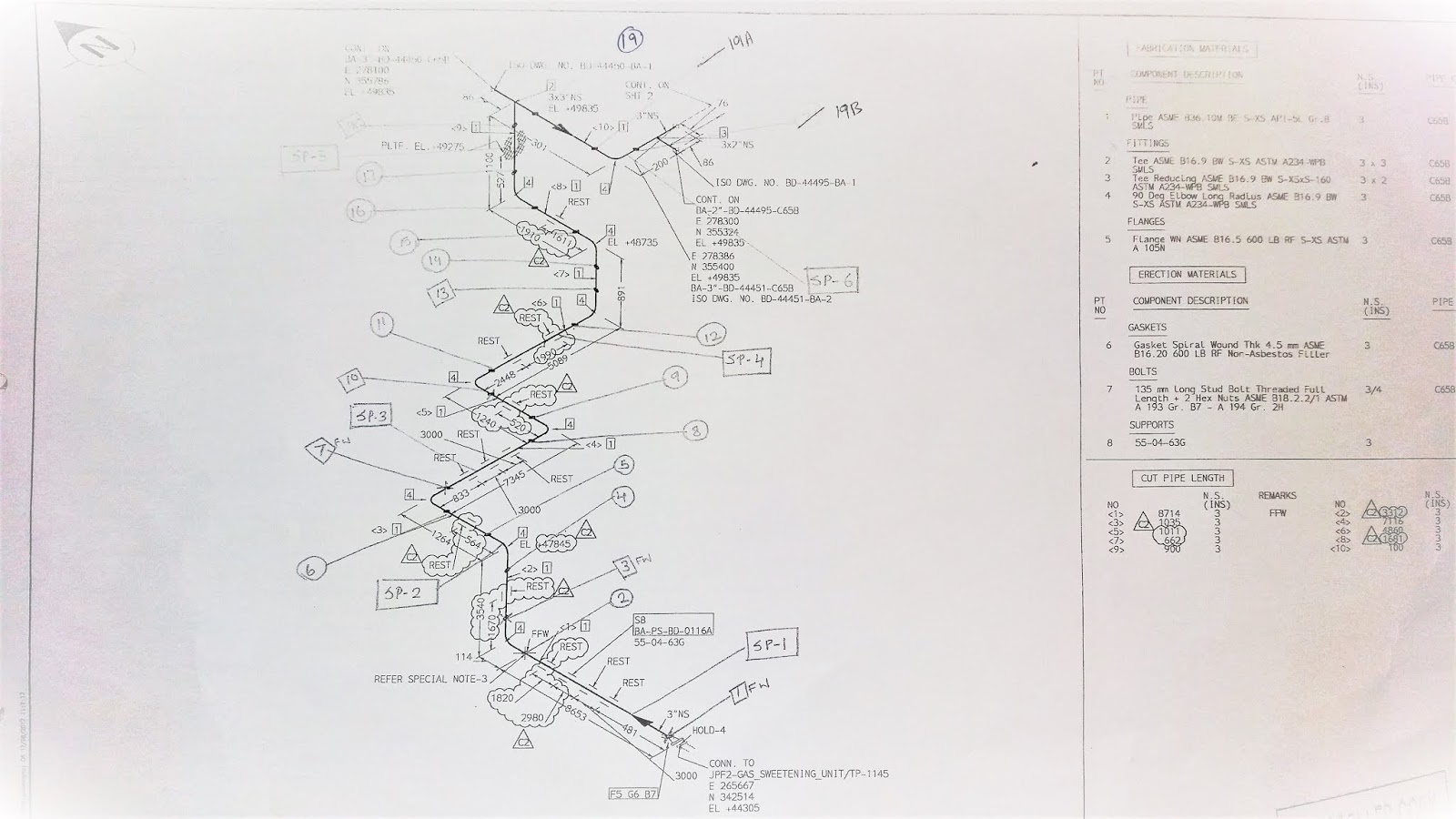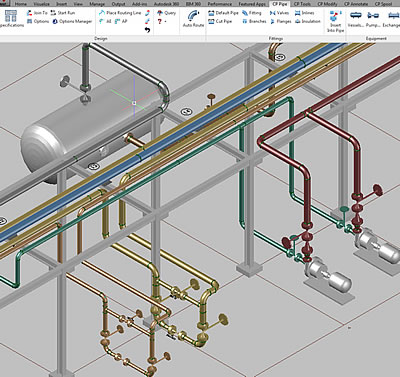
The isometric drawing’s line diagram is unable to specify line size.All isometric drawings are created regardless of the size and length of the lines and the piping components, but this provides the precise dimensions for everything shown.The following are some crucial characteristics of any piping isometric: A person can visualize a 3D view of a line by using an isometric drawing, which is a 2D representation.The following information is necessary for hydro testing: x “Pipe ID” (in meters) Length of Pipe x 2.Weight of Pipe: x pipe diameter (in m), x pipe length (in m), x pipe thickness (in mm), x pipe material density.: Insulation Area (in m2) (each in metres) Pipe Length, x (in metre).


This kind of drawing enables a designer to communicate with the team carrying out building projects and his ideas for piping connections. Here, piping isometric sketching plays an essential function. So that students can comprehend fully and develop a vision of how spools are constructed and how a pipe is connected to other pieces of machinery or unique objects. The execution person must have access to all the necessary information. To execute a piping project, either in the yard for fabrication or in the field for erection and construction, piping designers must convey the same information to the person carrying out that piping work after creating a 3-D model in PDMS, SP3D, or any other program. Pythagoras Theorem (For Rolling movement of Pipe).You need to be aware of these four crucial concepts to comprehend any Piping isometric drawing: From becoming aware of an isometric piping drawing to learning how to read it correctly.

Here, we’ll concentrate on becoming acquainted with piping isometrics. In our previous article on What Is Piping, we gave you a synopsis of Piping Isometric Drawings.


 0 kommentar(er)
0 kommentar(er)
